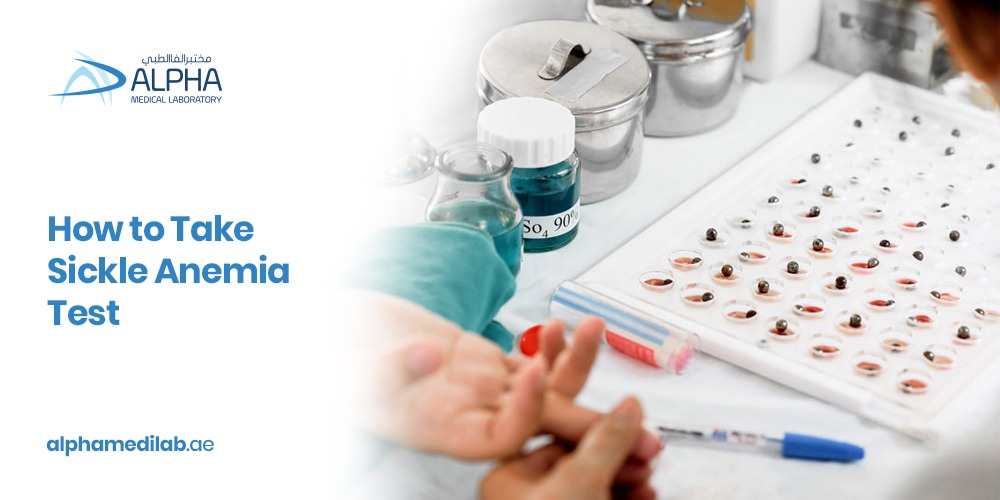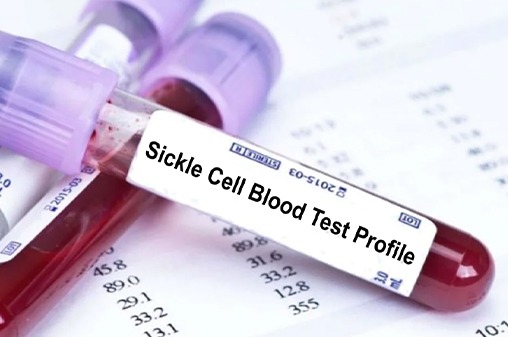
Sickle cell disease is one of the inherited disorders. It is often called a red blood cell (RCB) disorder and is named as sickle because of its C-shaped farming tool. The diseases of sickle cell occur when they become hard and sticky. Moreover, it also causes a shortage and decrease in red blood cells and hence become essential to get a blood test and start treatment if the result comes in positive.
The most occurrence of sickle cell anemia happens in infants aged four months. However, children and adults can also become victims of sickle cell anemia. There are solid instances where people have inherited the sickle cell gene without showing prior signs of this disease.
Symptoms of Sickle Cell Disease
Sickle cell disease becomes serious if left untreated. Therefore, it is pivotal to understand the signs or symptoms beforehand and not let them take over you. Having said this, here are some of the symptoms of sickle cell disease that you should notice and get a blood test immediately;
- Fatigue often comes with anemia.
- Shortness of breath is also an alarming sign.
- Paleness or yellowing of eyes and skin.
- Blocked blood flow which leads to timely episodes of pain.
- Delayed growth
- Vision impairment
- Frequent infections and illnesses
- Swollen hands or feet
- Hand-foot syndrome
- Extreme paint in the back, chest, and body joints
- Abdominal swelling also occurs
Getting a sickle cell anemia test becomes important if one experiences these symptoms. Hence, taking a sickle cell anemia test through a blood test from a reputed lab facility will provide you with accurate results and immediate consultation for your treatment.
Elevated Chances of Complications of Sickle Cell Disease
Sickle cell anemia can lead to a number of issues, especially if the right care is not obtained. Here are some of the complications you should know so you can take timely measures, treatments, and medications for your timely recovery and well-being.
- The first to know about is the hand-foot syndrome which results severely in the swelling of feet and hands. If this happens in your newborn baby, it is probably the first sign of a harmful disorder.
- The next complication to know about is the neurological problem that sickle cell disease leads to. In this case, brain blockage happens in patients having sickle cell disease. Besides, it can also lead to strokes and seizures and may become a source of the leading patient coma.
- Vision loss is another complication that can happen because of SCD. Due to sickle cell occurring, the eye’s tiny vessels are trapped, leading to complete or partial vision loss.
- Blood blockage can also happen in the splenectomy blood vessels, and this leads to a severe loss of function in the organs. Often the removal of the spleen blood vessel happens through surgical removal.
- Another complication that can become serious is the extreme level of anemia, which leads to fatigue, shortness of breath, and other complications associated with anemia. In many cases, a shortage of red blood cells also happens.
Who Requires a Sickle Cell Test?
Infants or newborns are regularly tested for sickle cell disease as they are at high risk. Doctors recommend this test in the early phases because it helps in early detection and directs to make necessary changes and treatment suggestions if the results come constructive. Children and infants are vulnerable to diseases and infections, so it is another reason to get tested for sickle cell disease within the early days of birth.
On the other hand, people who haven’t been diagnosed or tested for SCD in their childhood or infancy should also take a sickle cell test to learn more about the disease. Another point to consider is children who haven’t been tested in their childhood and those who have developed the symptoms mentioned before.
Sickle Cell Test Results
At Alpha Medical Laboratory, after taking your blood sample, our lab technicians will examine your blood sample. Here they will look for an abnormal form of hemoglobin known as hemoglobin S.
Where the regular form of hemoglobin is a protein carried by the red blood cells, the role of this hemoglobin is to drive oxygen into the other organs and throughout the body by picking it from the lungs. The blueprint of your hemoglobin remains in the DNA, which is considered an important material that is included in making up your genes. If a gene is altered or mutated, hemoglobin’s behavior changes. This mutated hemoglobin also forms the sickle-shaped, hence becoming and emerging as sickle cell disease.
Furthermore, a sickle cell test checks for hemoglobin S, which causes SCD. A negative test result is typical, and your hemoglobin is normal, and a positive test result might indicate SCD.
If the sickle cell test results are positive, your doctor may ask you to take a hemoglobin electrophoresis test. The results of both these tests will help in determining the overall condition.
The Final Takeaway!
Some treatments are available for it, such as through medication that includes crizanlizumab, hydroxyurea, and other medicines that the DHA approves. Blood transfusion is another important element for recovering from sickle cell disease, and another daunting way is to get a bone marrow transplant which is affected by sickle cell anemia.
Either way, before finalizing anything, it is important to take a sickle cell anemia blood test that helps you verify your condition and also helps in taking timely and recoverable measures.

